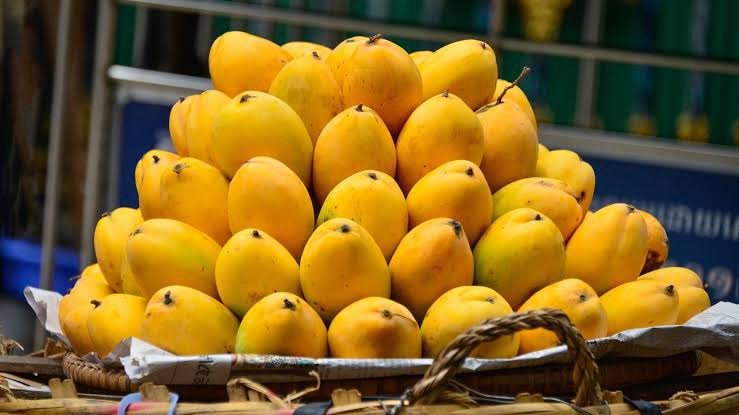Exporters Target 125,000 Tonnes Amid Production Decline and Push for New International Markets
Key Takeaways:
1. Pakistan targets $100 million in mango export revenue by shipping 125,000 tonnes this season, despite a projected 20% drop in production.
2. Exporters are focusing on new markets, including Japan, the US, South Korea, Australia, Turkey, China, and potentially South Africa.
3. Climate change, water scarcity, and rising export costs are significant challenges, prompting calls for urgent agricultural reforms.
Karachi, Pakistan – Pakistan is set to launch its mango export season on May 25, aiming to ship 125,000 tonnes of the prized fruit and potentially earn $100 million in foreign exchange. The ambitious target, announced by the Pakistan Fruit and Vegetable Exporters Association (PFVA), marks a 25,000-tonne increase over last year, reflecting both optimism and urgency as the country grapples with declining production due to climate change and water scarcity.
PFVA Patron-in-Chief Waheed Ahmed highlighted that Pakistan’s annual mango output, traditionally around 1.8 million tonnes, could drop by as much as 20% this year, reducing total production to approximately 1.4 million tonnes. Punjab remains the heartland of mango cultivation, contributing 70% of the national yield, followed by Sindh at 29% and Khyber-Pakhtunkhwa at 1%.
Despite these challenges, exporters are expanding their horizons. “In addition to our regular buyers, we are targeting new markets like Japan, the United States, South Korea, and Australia, with special attention to Turkey and China,” Ahmed said. Notably, South Africa is expected to open its doors to Pakistani mangoes this season, with a delegation of quarantine experts scheduled to visit Pakistan—a move that could further diversify export destinations.
Ahmed also underscored the broader threats facing the sector. “Climate change is a serious challenge facing agriculture, and increasing water scarcity is affecting mango production. There is a pressing need for provincial-level initiatives, including better water management, development of climate-resilient mango varieties, and modernization of the entire agriculture sector,” he urged.
Rising export costs, compounded by regional tensions, add another layer of complexity to the industry’s outlook. Nevertheless, the PFVA remains hopeful that innovation, research, and market expansion will help Pakistan maintain its status as a leading mango exporter.




